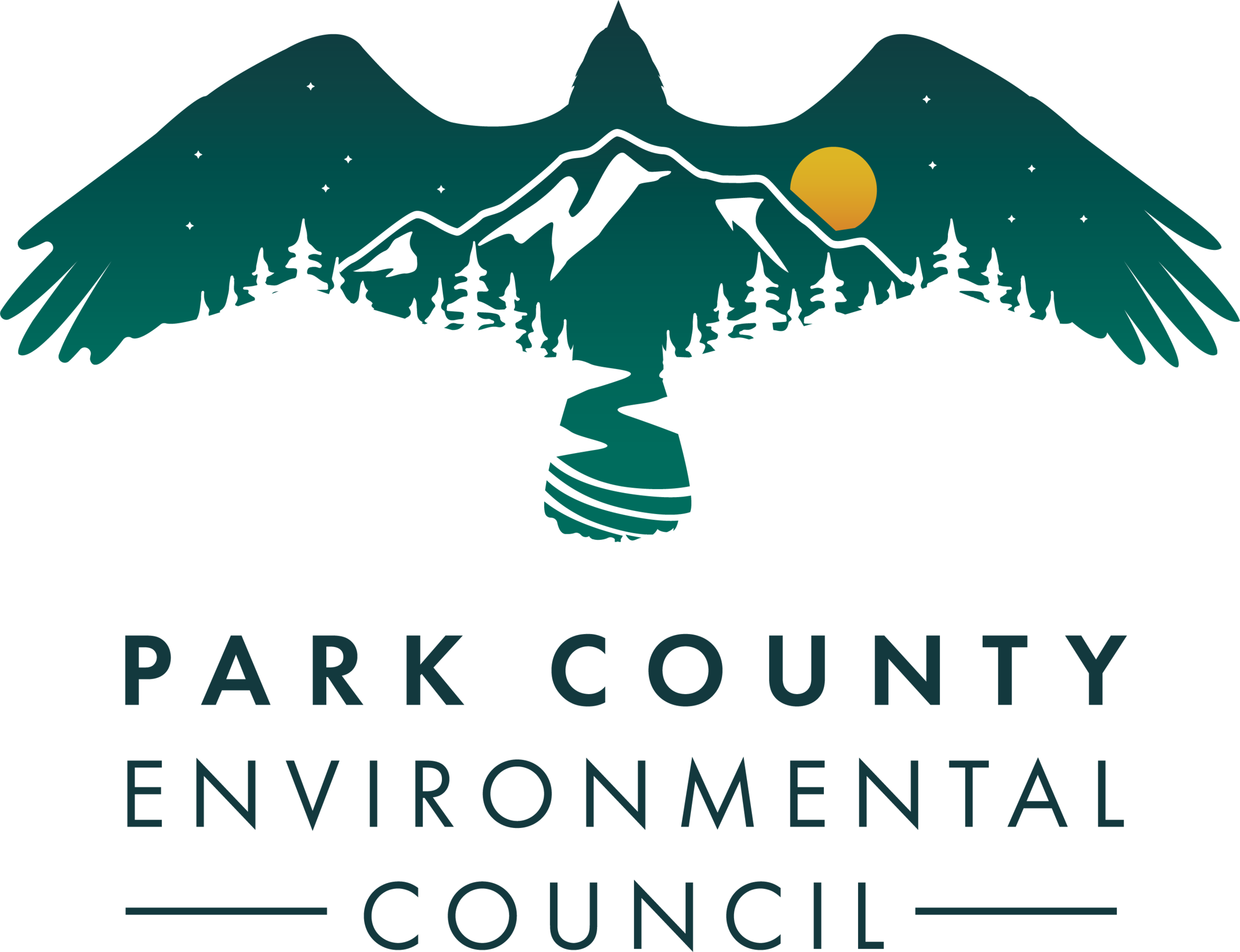Custer Gallatin National Forest 2020 Land Management Plan Objections
In July, the Custer Gallatin National Forest (CGNF) released its 2020 Land Management Plan (2020 Final Plan), which will guide how the Forest Service manages the forest for the next generation. The objection period for the 2020 Final Plan recently ended on Tuesday, September 8th.
At PCEC, we sorted through the Final Plan and associated documents, reviewing how it does and does not meet the criteria we recommended previously in our comments. We recommended that the CGNF manage lands that possess wilderness quality as wilderness, or in a manner that preserves that character. Our objection largely focuses on the 2020 Final Plan falling short in that regard.
Our primary objections to the 2020 Final Plan were as follows:
The proposed 79,631-acre Gallatin Crest Wilderness Area. The Hyalite Porcupine Buffalo Horn Wilderness Study Area currently comprises approximately 155,000 acres, which were originally set aside for their wilderness character and potential. That area deserves full wilderness designation with regard to its importance to the clean air, cold water and abundant wildlife habitat it provides to the northern Yellowstone ecosystem.
Allowing mechanized use in the proposed backcountry area in the Crazy Mountains. We believe allowing mechanized use outside of the areas where it is currently allowed will lead to habitat degradation and future user conflict.
The small size of the proposed Crazy Mountain backcountry area, which is a fraction of the current inventoried roadless area in the Crazies. We insist that the CGNF manage the range in accordance with its current wild state.
The plan’s proposed management for grizzly bears falls short of what the species needs for recovery, limiting the area where protections are implemented to the current recovery zone and where else is “socially acceptable.” The CGNF will likely serve as the connector between the Greater Yellowstone and the northern continental divide ecosystem bear populations, and needs to take more proactive measures to protect the species.
We want to ensure that the northern Yellowstone ecosystem continues to maintain its vital importance for wildlife, intact habitat, and ecological diversity for generations to come, as well as our reverence for wild places. We will continue to encourage the CGNF to adopt a management plan that can provide for those crucial public lands protections.

